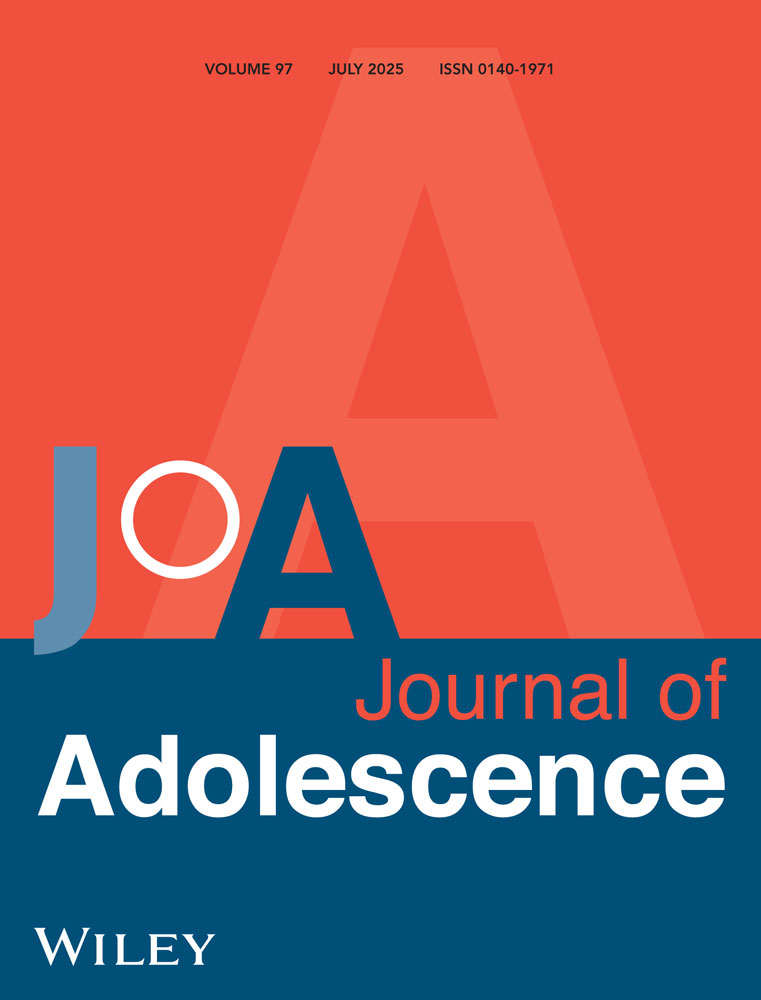Time Spent on Social Media and the Risk of Substance Use Among US Adolescents
ABSTRACT
Background and Objectives
Adolescence is a period marked by increased risk of substance use and extensive social media engagement. Investigating the link between social media usage and substance use among adolescents is crucial for developing effective interventions and public health policies.
Methods
This study utilized data from the Population Assessment of Tobacco and Health (PATH) study, focusing on adolescents aged between 12 and 17 years old who reported no substance use at Wave 2. Participants were followed from Wave 2 through Wave 5. At baseline (Wave 2), daily time spent on social media use was reported, and past 30-day (P30D) substance use (e.g., alcohol, tobacco products, marijuana, and non-med drug use) was assessed in subsequent waves (Waves 3–5). Generalized Estimating Equation (GEE) models were used to analyze self-reported daily time spent on social media and P30D substance use, adjusting for demographic and time-varying covariates.
Results
The study included 4769 adolescents, with nearly half identifying as male (47.0%) and as non-Hispanic white (49.1%). Over 75% of participants reported spending at least 30 min on social media daily. In adjusted models, a dose–response relationship was observed between time spent on social media and the odds of subsequent tobacco use. For alcohol and marijuana use, the association followed a curvilinear pattern, with the highest odds among adolescents who spent 30 min to 3 h per day on social media. For nonmedical drug use, a significant association was observed only for those spending 3–6 h on social media daily, who had nearly twice the odds of nonmedical drug use, compared to non-users.
Conclusions
The present study is among the first to quantify the association between daily time spent on social media and the risk of using substances, such as alcohol, cannabis, tobacco products, and illicit drugs in the US adolescent cohort. Social media could be leveraged for targeted interventions and public health initiatives aimed at reducing substance use in this population.
Conflicts of Interest
The authors declare no conflicts of interest.
Open Research
Data Availability Statement
The data supporting the findings of this study are available from the Population Assessment of Tobacco and Health (PATH) Study. Access to the data is restricted and can be obtained through an application process outlined by the National Institute on Drug Abuse (NIDA).




